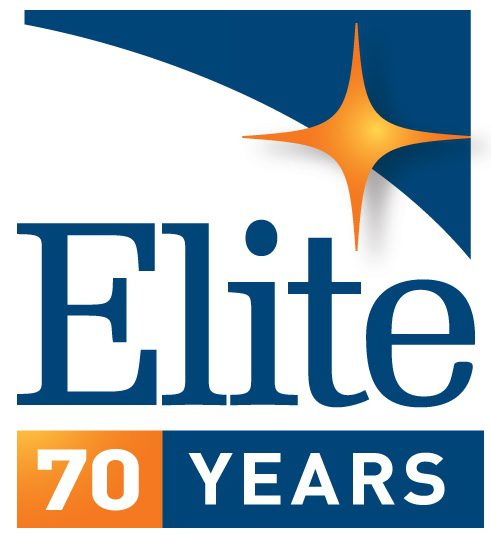April 26, 2023
Vehicle fires are frightening events. They result in about 300 deaths annually, according to the National Highway Traffic Safety Administration. With over 282 million vehicles registered in the US, fire safety standards and requirements are fundamental to the automotive industry.

Federal Motor Vehicle Safety Standard (FMVSS) 302, “Flammability of Interior Materials,” dates from 1971. Drawing from practices developed by the Society of Automotive Engineers (SAE), the goal is to minimize the horizontal burn rate to allow more time for a vehicle’s occupants to evacuate.
Material testing is key to this effort. Resistance to combustion and flammability is an imperative to assure the safety of components in automotive and aerospace products. Panels, wiring, subcircuits, plastics, and fabrics are just a few of the materials that make up these components.
In addition to FMVSS 302, Elite is accredited to perform flammability and burn rate tests in accordance with RTCA DO-160, and MIL-STD-202, giving us deep experience with this type of testing.
FMVSS 302 Vehicle-Interior Flammability Testing
FMVSS 302 is concerned with burn resistance of the components used in passenger vehicle occupant compartments. Components are defined to include these:
- Seat cushions, seat backs, and head restraints
- Seat belts
- Headliners
- Armrests
- Convertible tops
- Trim panels
- Floor coverings
- Visors, curtains, and shades
- Wheel housing and engine compartment covers
- Any other interior material
The requirements apply to any material that is within 13 mm of the interior compartment air space, which is defined as the interior space normally containing “refreshable” air. Also, any material that adheres to another material in the compartment is tested together as a composite.

Having identified the materials to be tested, a rectangular “coupon” of the material measuring 102 mm x 356 mm is provided. If the material is thicker than 13 mm, it is cut to 13 mm measured from the surface that would be closest to the vehicle’s occupant.
The sample is mounted in a U-shaped frame and placed horizontally in the center of the flame-testing chamber. A 10 mm-diameter Bunsen burner is set in the chamber, with natural gas adjusted so that the flame is 38 mm in height. The burner’s air inlet is closed when the flame height is set to ensure that only gas is feeding the flame.

The burner is positioned so that its tip is 19 mm below the center of the test sample’s open end. The sample is exposed to the flame for 15 seconds. The progress of the sample’s burn is timed, beginning when the burn reaches 38 mm from the sample’s open end, until it reaches a point 38 mm from the clamped, or far end, of the sample. If the burn stops before reaching that point, the time is recorded.
The sample’s burn rate “B” is then calculated: B = 60 x (D/T),
Where:
B = burn rate in mm/minute
D – length (mm) of the travel of the flame
T = time (seconds) for the burn to travel D mm
A sample passes the test if it has stopped burning before 60 seconds from the start of timing and has not burned more than 51 mm from the point where the burning was started.
Testing Your Component
Any fire near people is dangerous, and fires inside vehicles are especially so. These tests help provide a measure of safety to those inside a vehicle if an interior component ignites. Contact the flammability experts at Elite to find out how to prepare your material for testing.
